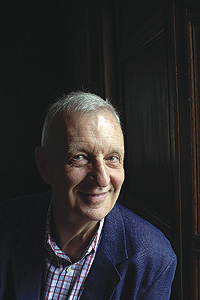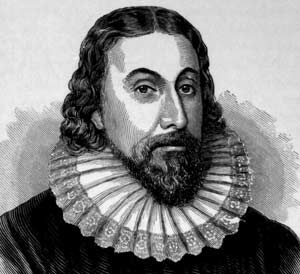"Salient Worlds" by Thomas Pavel - Chapter Summary
Pavel, Thomas G. "Salient Worlds." Fictional Worlds. Cambridge: Harvard UP, 1989. 43-72. Print.
The
chapter “Salient Worlds” is an attempt by Pavel to describe an internal
approach to the analysis of fictional worlds. He proposes a distinction between
fiction and the unrealized possibility that draws upon reality.
Pavel
proposes a system where K is the set of all possible worlds, within which G is
the real world. Only if a fictional world contains all the same characters it
is an alternate world. R is the relationship between G and the other worlds in
K. By Leibniz’s logic, if a condition applies to all the worlds it is a
necessary truth. If a condition applies in at least one world it is a possible
truth.
We may define a property by which only some worlds are accessible from
G.
Characters:
A fictional world may contain either characters that did exist or characters
that conceivably could have existed in our world. Realism dictates that “the
criterion of the truth and falsity of a literary text is based upon the notion
of possibility with respect to the actual world”.
The definition of realism
changes with the perception of reality at the time. Different readers have
different criteria based on their knowledge and intuition for which fictional
propositions are realistic and which are not. An author builds upon the
acceptance of the readers of the author’s propositions. The possible worlds
theory is not to be understood literally.
Fiction
isn’t only the set of only possible worlds. It contains also worlds in which
the laws of our own do not apply or worlds in which laws are contradictory. We
may create a book, Magnum Opus, containing the set of all propositions true in
that world and judge True/False based on the book when considering alternate
worlds. The book may apply to more than one universe and more than one book may
apply to a certain universe depending on people’s different definitions of its
rules (!how? if true/false is a definite value). A Magnum Opus can now serve as
an internal model for a work of fiction. The author creates and the reader
accepts his universe. We may have complexes of universes such as a universe
contained within a universe – dual structures. A salient structure is a dual
structure in which the secondary universe contains entities not shared by the
primary world, much like an allegory. Religion also can be seen as a universe
coexisting with our universe and interacting with it.
There
are texts that are clearly fictitious because they draw upon impossible rules.
However, the definition of a text as fictional is dependent not on semantic
grounds, but upon the reader, upon “a change of attitude toward its validity”.
For example, we perceive myths as fictional nowadays on a semantic ground
whereas in Greek times they were not.
Thus
theory of fiction has three bases of inquiry. One is the semantic aspect,
including the similarity of a fictional world to reality. Another is a cultural
examination of fiction and lastly, there is an analysis of the style and components
of fiction (I don’t think it really discussed the two latter ones, possibly
touched upon the second).
K
– set of all possible worlds
G
– Real world
R
– the relationship between G and all other worlds. May be defined by rules of
our choice
H
– a possible alternative to G, containing the same characters but in a different
location
J
– not a possible alternative to G as it does not contain all the same
characters
Domain
– the set of individuals of world X
H
– a relative to the world characterized by a different domain unless R entails
the domain to be the same
K’,K’’
– subsets of K, the former accessible from G and the latter not
F
– a world within K’’, cannot be accessed from G but many worlds in K are
accessible from F
Ph
– a set of propositions true within H; a reader is familiar only with a subset
of Ph
p
– a proposition which a reader needs to decide whether it belongs to ph or not
non-p
– a proposition opposite to B
U
– a universe containing a set of worlds K, an actual world belonging to K, and
a relation R
Magnum
Opus – a book containing all the true sentences about U









Comments
Post a Comment
Hey friend! 🌈 I can't help with your assignments but maybe other readers can. Good luck! 🤞